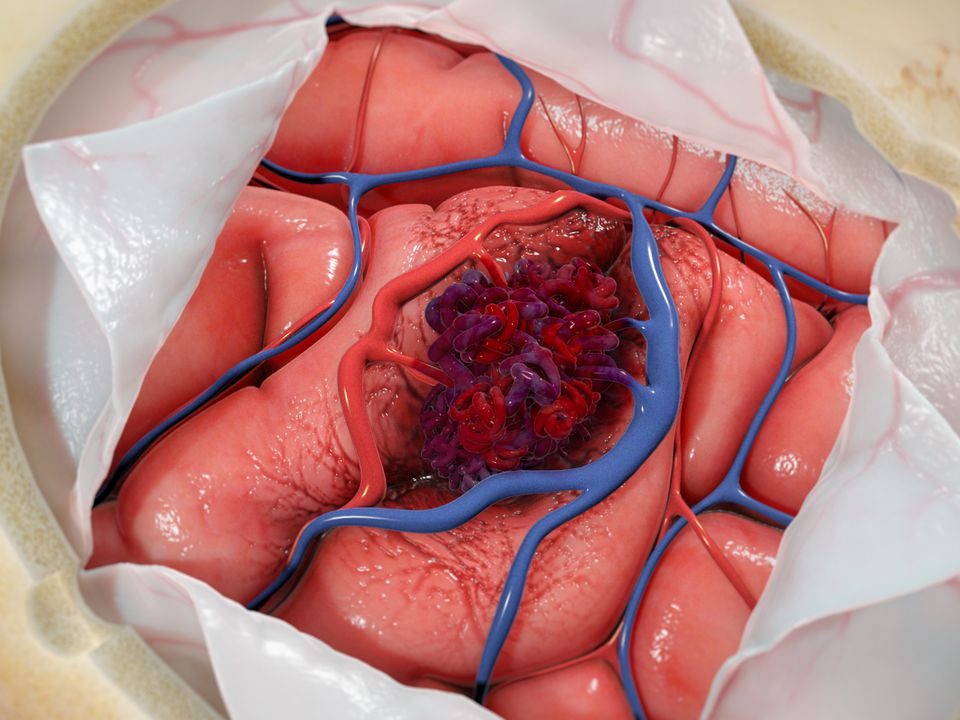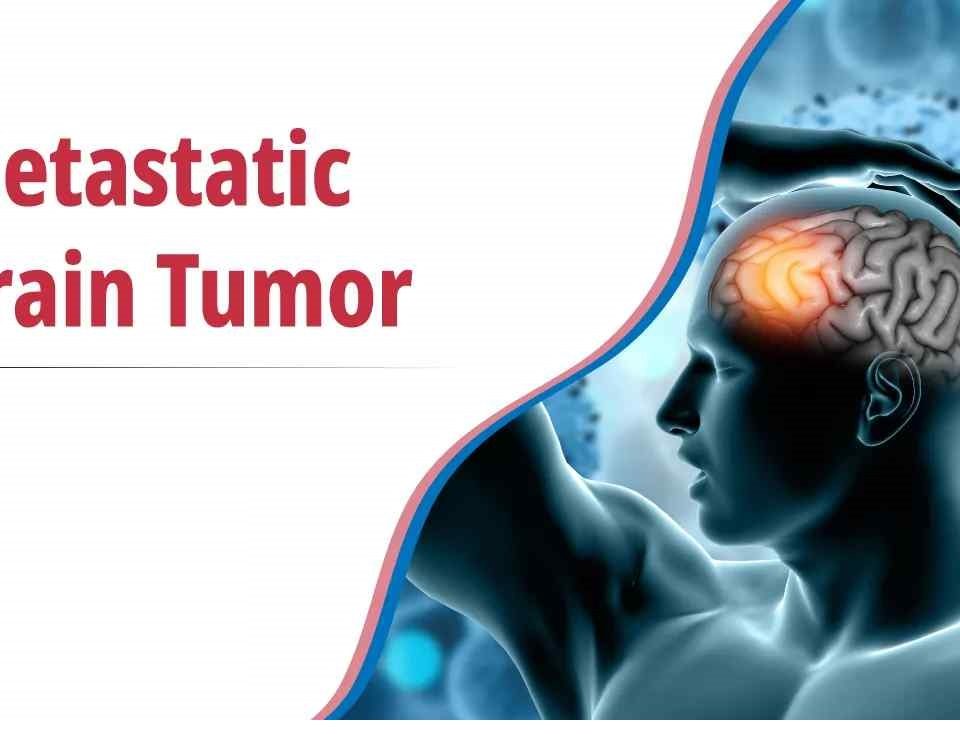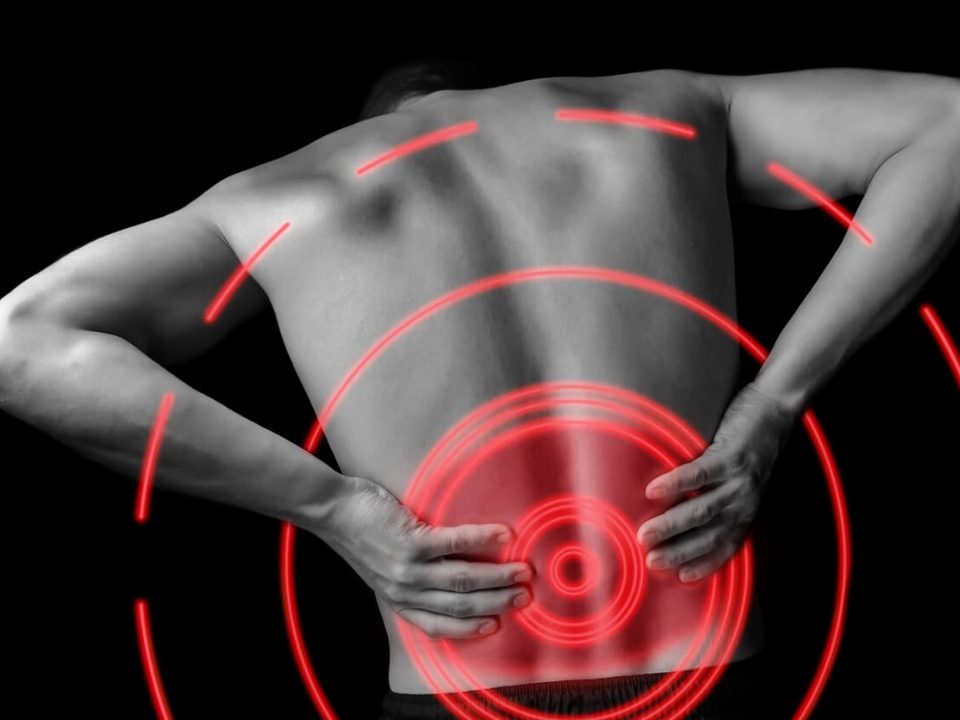Scoliosis
Scoliosis
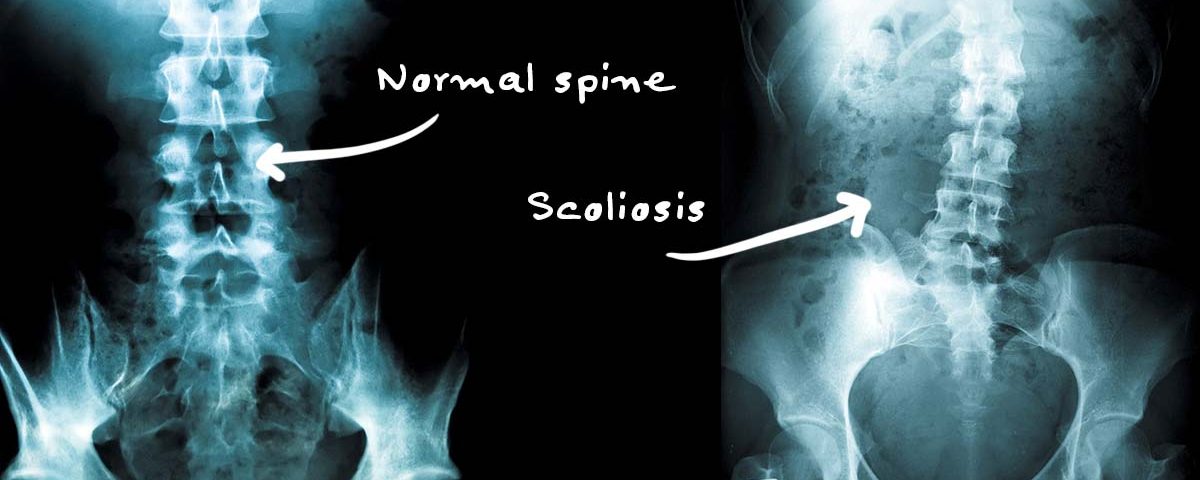
Scoliosis is a medical condition that affects the spine, causing it to curve abnormally. This condition can range from mild to severe and can have various causes. Understanding the types of scoliosis, how it is diagnosed, and the available treatment options is crucial for managing this complex condition effectively.
Types of Scoliosis:
One Idiopathic Scoliosis: This is the most common type of scoliosis and typically occurs in children and adolescents. The exact cause of idiopathic scoliosis is unknown, hence the term “idiopathic.” It can progress during growth spurts and may require treatment to prevent further curvature of the spine.
Second Congenital Scoliosis: This type of scoliosis is present at birth and is caused by abnormal spinal development in the womb. Congenital scoliosis is less common than idiopathic scoliosis but may require early intervention to prevent complications as the child grows.
Third Neuromuscular Scoliosis: Neuromuscular scoliosis is caused by underlying conditions such as cerebral palsy, muscular dystrophy, or spinal cord injuries. The muscle weakness or imbalance associated with these conditions can lead to progressive spinal curvature.
Diagnosis of Scoliosis:
Diagnosing scoliosis typically involves a combination of physical examination, medical history review, and imaging tests. During a physical exam, the healthcare provider will look for signs of uneven shoulders, waist asymmetry, or a prominent rib cage. A thorough review of the patient’s medical history helps identify any underlying conditions that may be contributing to the spinal curvature.
Imaging tests such as X rays and MRIs are essential for confirming the presence of scoliosis and determining the severity of the curvature. X rays provide
detailed images of the spine, allowing healthcare providers to measure the degree of curvature and plan appropriate treatment.

Treatment of Scoliosis:
The treatment of scoliosis depends on several factors, including the patient’s age, the severity of the curvature, and the underlying cause of the condition. Treatment options may include:
First Observation: In cases of mild scoliosis, especially in children who are still growing, regular monitoring may be recommended to track the progression of the curvature. Observation is often the first step in managing scoliosis to determine if further intervention is necessary.
Second Bracing: For moderate scoliosis in growing children and adolescents, bracing may be prescribed to prevent further curvature progression. Braces are custom-made to fit the patient’s body and are worn for a specified number of hours each day to provide support to the spine.
Third Surgery: In severe cases of scoliosis or when other treatments have not been effective, surgery may be recommended to correct the spinal curvature. Spinal fusion surgery involves fusing the vertebrae together to stabilize the spine and reduce the curvature.
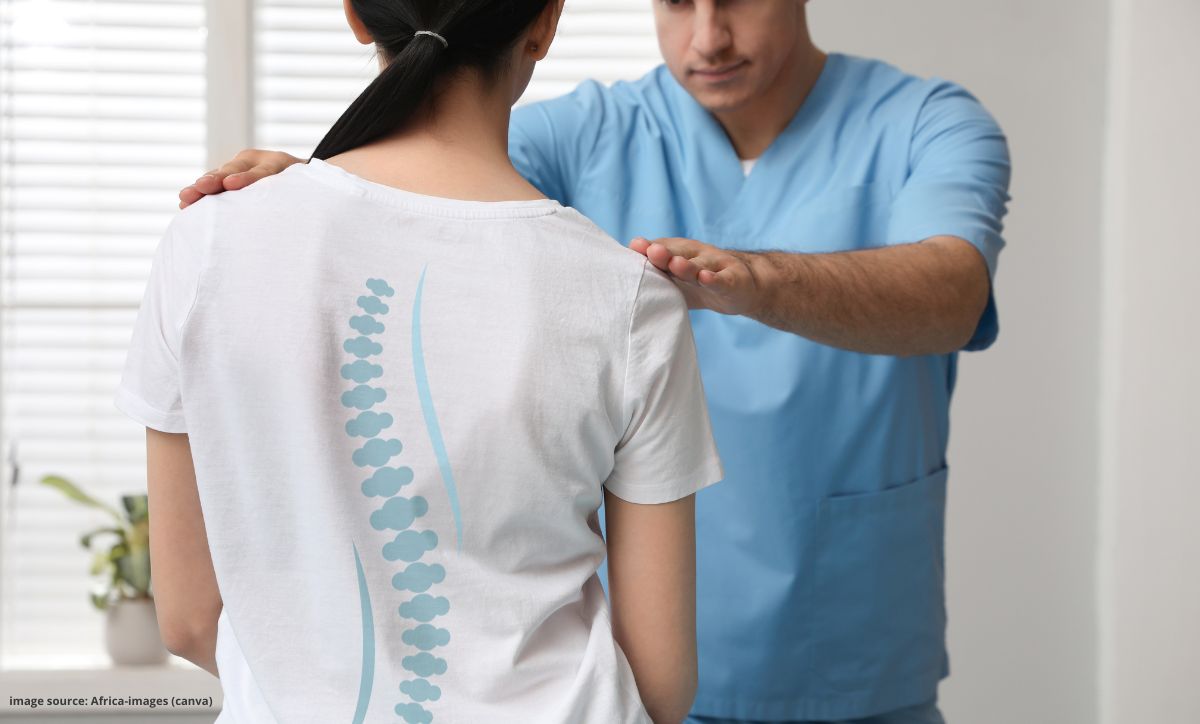
Overall, scoliosis is a complex condition that requires careful diagnosis and individualized treatment to manage symptoms and prevent complications. Regular follow-up visits with healthcare providers are essential to monitor the progression of the condition and adjust treatment as needed. By understanding the types of scoliosis, how it is diagnosed, and the available treatment options, patients and their families can work with healthcare providers to develop a comprehensive care plan that meets their unique needs.

